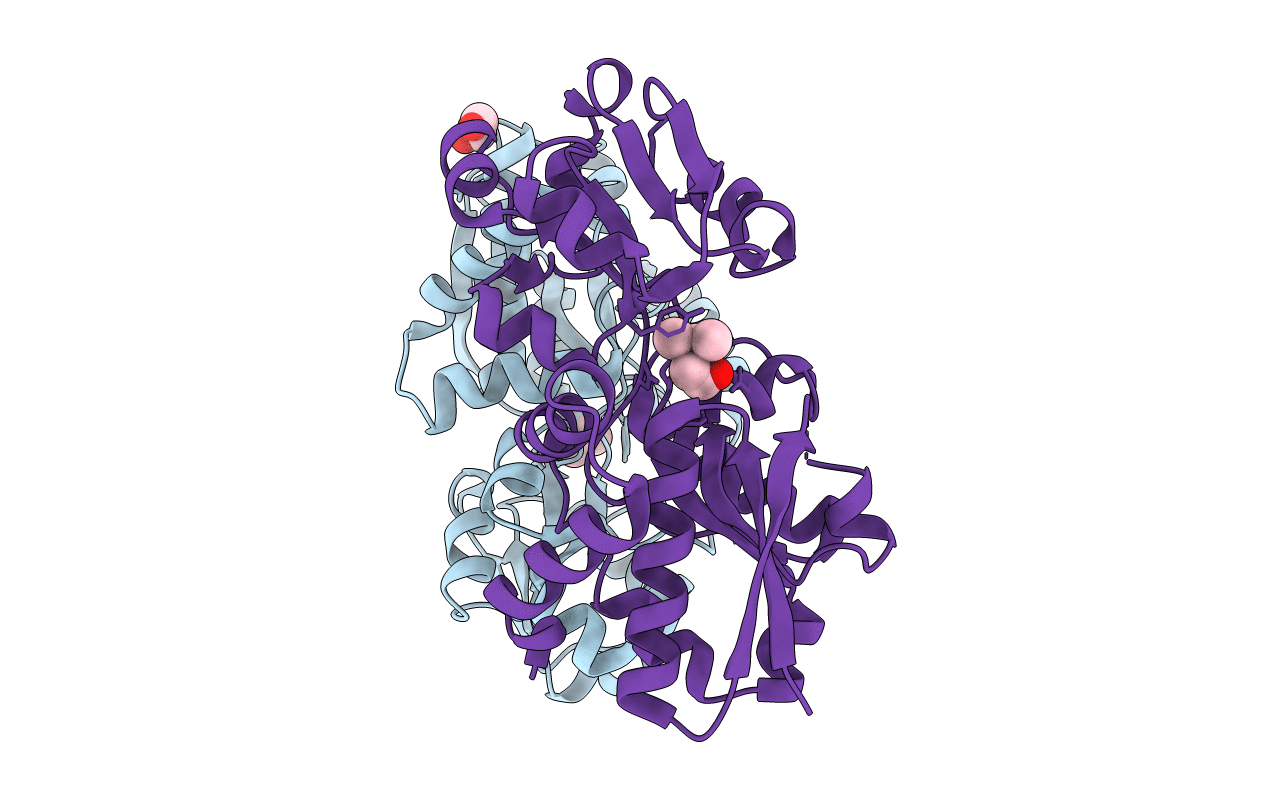
Deposition Date
2017-05-11
Release Date
2018-03-14
Last Version Date
2024-01-17
Entry Detail
PDB ID:
5NXY
Keywords:
Title:
Crystal structure of OpuAC from B. subtilis in complex with Arsenobetaine
Biological Source:
Source Organism:
Bacillus subtilis (Taxon ID: 1423)
Host Organism:
Method Details:
Experimental Method:
Resolution:
1.90 Å
R-Value Free:
0.25
R-Value Work:
0.19
R-Value Observed:
0.19
Space Group:
P 1 21 1


